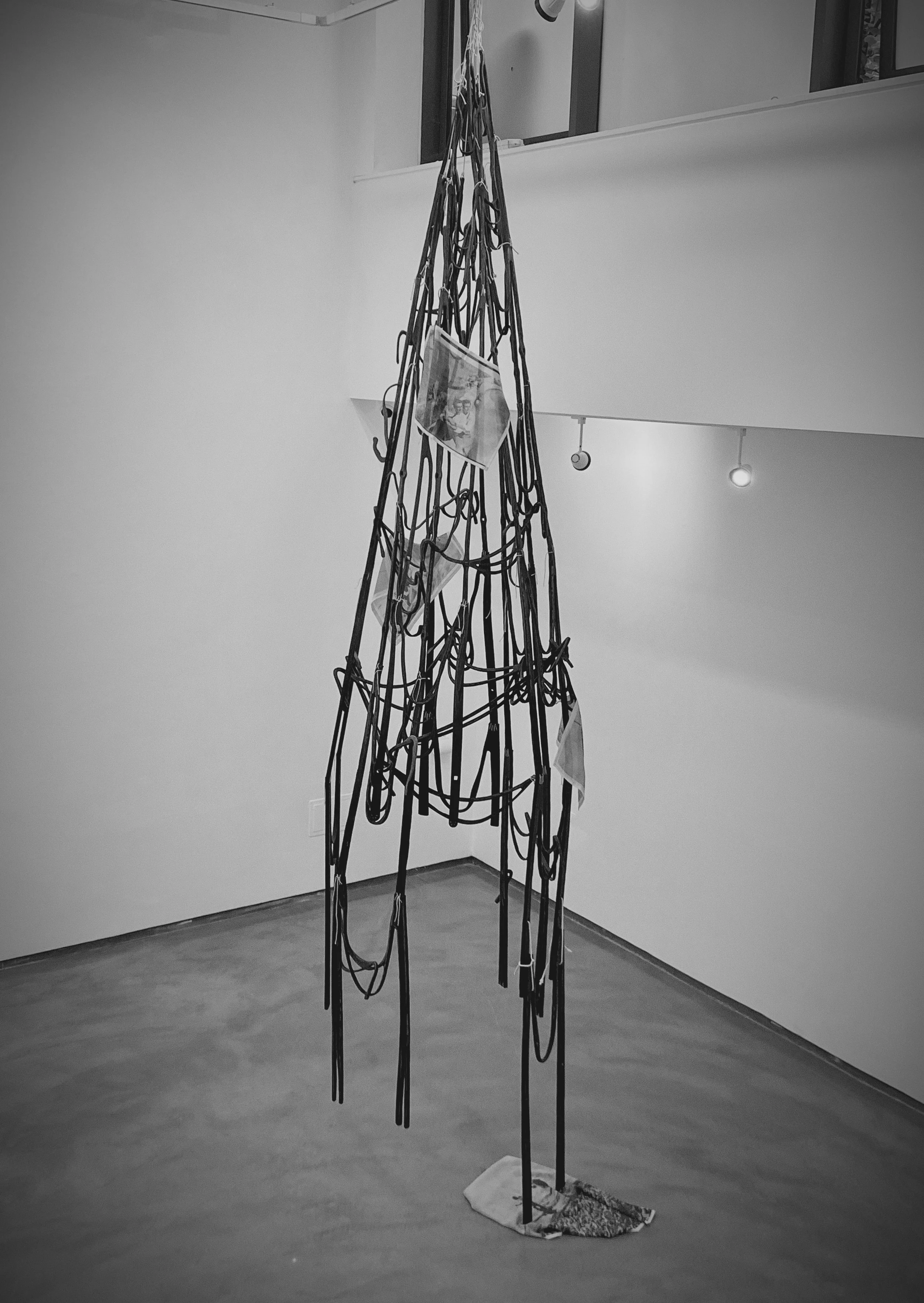Ale (Alejandro) Nodarse Jammal is an artist, writer, curator and art historian. They are a PhD Candidate in History of Art & Architecture at Harvard University and a Doctoral Fellow at the Kunsthistorisches Institut in Florenz (KHI), Max Planck Institute for the History of Art. They received their BA and MA in the History of Art (Honors) from Yale University in 2019 and their MFA (Fine Arts Practice) from the Ruskin School of Art, University of Oxford, in 2025. Their art historical research spans the early modern period, with an emphasis on the relationship between the history of art and the history and philosophy of science; while their artistic practice centers on sculpture, conceptual and installation art, and printmaking. They think often about art — its history and its practice — in relationship to observation, memory, language, and ethics.
For Ale’s academic work at Harvard, see here. For Ale’s fine arts practice at Oxford, see here. For Ale’s work at the KHI – Max Planck Institute for the History of Art, see here.
Beginning in October of 2025, Ale convenes the poetry circle Navi Incerte with authors Simone Lisi and Francesca Mazzotta, at Todo Modo in Florence. In December and January, the group will read and discuss Agota Kristof’s Chiodi (Clous/Szögek) translated by Vera Gheno and Fabio Pusterla (Edizioni Casagrande, 2018). The group meets on the final Wednesday of the month at 6:30. All are welcome.
Allegory of History (Palestine, 1948), 2025, Old Fire Station, Oxford. (Wood, ink, archival photographs on silk, cord.)



